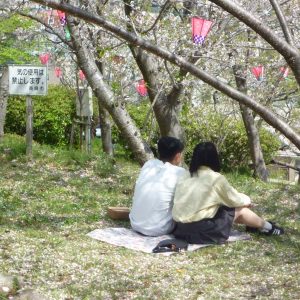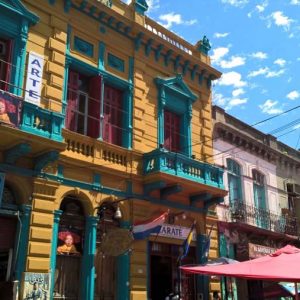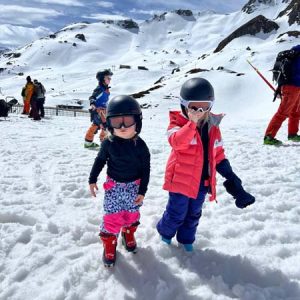British Columbia, on Canada’s west coast, is known for its fascinating fauna which flourishes throughout its wild landscapes, from majestic mountain ranges, windswept beaches, riverlands and rainforests. This is a true wilderness where wildlife is abundant, including the Spirit Bear, found only in British Columbia.
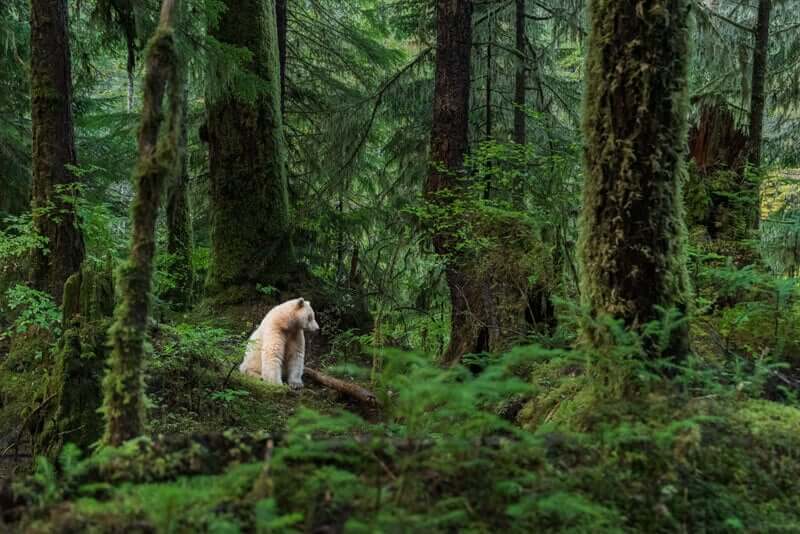 Bears are definitely a top wildlife attraction for visitors to BC. Whether it’s grizzly, black, or the elusive Spirit Bear, everyone’s after the perfect picture.
Bears are definitely a top wildlife attraction for visitors to BC. Whether it’s grizzly, black, or the elusive Spirit Bear, everyone’s after the perfect picture.
Unique to BC is the Kermode – or Spirit – Bear, a white subspecies of the black bear. Best seen in late summer or early autumn, it roams parts of the Great Bear Rainforest where around 10 percent of the black bears carry this recessive white gene. In mid-March 60 or so black bears come out of hibernation near to Whistler. Their lifestyle includes courtship from mid-May to mid-July and berry frenzy in July and August.
Prevalent throughout BC, bear sightings can be combined with various active adventures – for example, a multi-day canoe tour around Bowron Lake Provincial Park on the western slopes of the Cariboo Mountains. Alternatively, spending a couple of nights at one of the many bear lodges along the rugged coastline and in remote areas of British Columbia, gives guests the opportunity to observe bears and other wildlife such as bald eagles in their spectacular natural environment. One example is Tweedsmuir Park Lodge where visitors can take a relaxing drift down the Atnarko river, explore the old growth forests on guided nature walks or explore the landscape on Icelandic pony rides.
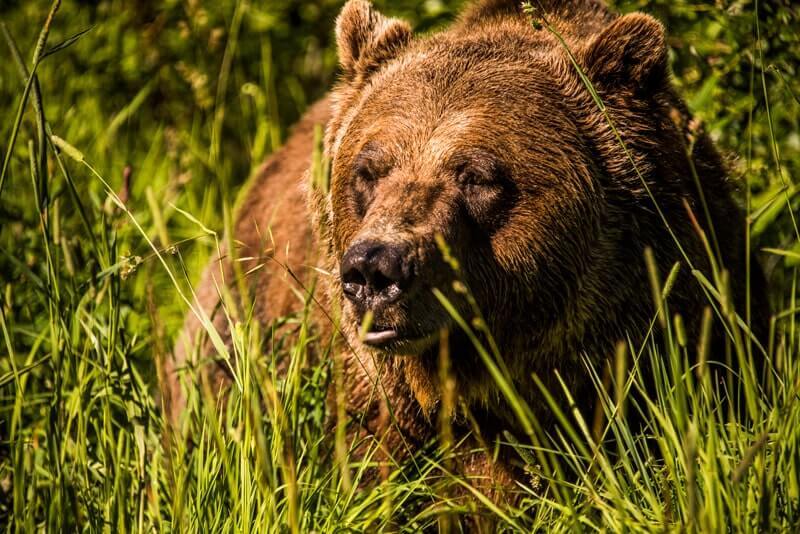 For those travelling along Highway 1 a great place to stop is at Kicking Horse Mountain Resort which has a grizzly refuge right on the slopes. Home to Boo the Bear, this is the largest enclosed and protected grizzly habitat in the world. It’s near the town of Golden in the Columbia River wetlands which, due to low human habitation, are teeming with wildlife. In summer, visitors watch Boo hunt, play, forage and explore the 20-acre area and in winter he hibernates right on the ski hill while downhillers whizz past his retreat. Spring skiers can be privy to an early viewing when he emerges during late March or early April.
For those travelling along Highway 1 a great place to stop is at Kicking Horse Mountain Resort which has a grizzly refuge right on the slopes. Home to Boo the Bear, this is the largest enclosed and protected grizzly habitat in the world. It’s near the town of Golden in the Columbia River wetlands which, due to low human habitation, are teeming with wildlife. In summer, visitors watch Boo hunt, play, forage and explore the 20-acre area and in winter he hibernates right on the ski hill while downhillers whizz past his retreat. Spring skiers can be privy to an early viewing when he emerges during late March or early April.
Another great way to see wildlife is at The BC Wildlife Park near Kamloops, a leader in conservation and animal rescue in BC. The 106-acre centre is home to most of BC’s indigenous species including bears, big cats, birds of prey, canines, hoofstock, small mammals, waterfowl, reptiles, amphibians, arachnids, and insects.
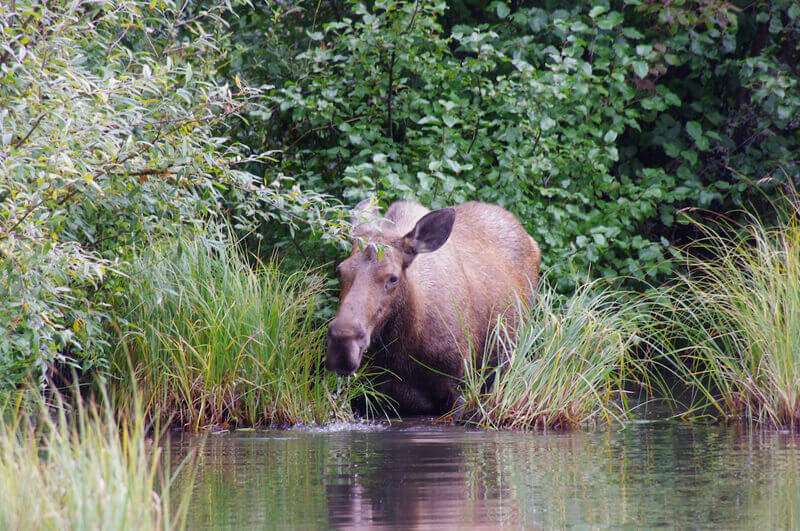 When exploring mountainous areas of the province such as the Kootenay Rockies home to the Rocky Mountains, keep your eyes peeled to spot hoofstock which includes Rocky Mountain sheep, elk, mule deer, moose, mountain goats and caribou. Sightings are common, even close to settlements, roadsides and camp sites. Near Kimberley, a Kootenay mountain town, the area around Premier Lake Provincial Campground is a regular hangout for elk in the spring. And, during winter and spring, Rocky Mountain sheep roam freely between Elko and Fernie. From spring through autumn, Radium Hot Springs is a great place to see herds of 140-plus bighorn sheep. The best time to view them is in the morning or at dusk on your way to soak in the natural hot springs. Visit in the autumn for rutting season when the burly rams butt heads. There’s a November Headbanger Festival, too, with celebrations, workshops, and tours. Moose and caribou can be found year-round in BC’s northern climes and Prince George is home to the highest density of moose in BC.
When exploring mountainous areas of the province such as the Kootenay Rockies home to the Rocky Mountains, keep your eyes peeled to spot hoofstock which includes Rocky Mountain sheep, elk, mule deer, moose, mountain goats and caribou. Sightings are common, even close to settlements, roadsides and camp sites. Near Kimberley, a Kootenay mountain town, the area around Premier Lake Provincial Campground is a regular hangout for elk in the spring. And, during winter and spring, Rocky Mountain sheep roam freely between Elko and Fernie. From spring through autumn, Radium Hot Springs is a great place to see herds of 140-plus bighorn sheep. The best time to view them is in the morning or at dusk on your way to soak in the natural hot springs. Visit in the autumn for rutting season when the burly rams butt heads. There’s a November Headbanger Festival, too, with celebrations, workshops, and tours. Moose and caribou can be found year-round in BC’s northern climes and Prince George is home to the highest density of moose in BC.
Off the coast whales abound in the Georgia Straits around the Vancouver Island archipelago. Many adventure companies take small groups in open Zodiacs or covered vessels out into the Pacific Ocean to spot whales, photograph seals, and later view black bears feeding on crabs and shellfish on the shores of Clayoquot Sound’s many inlets.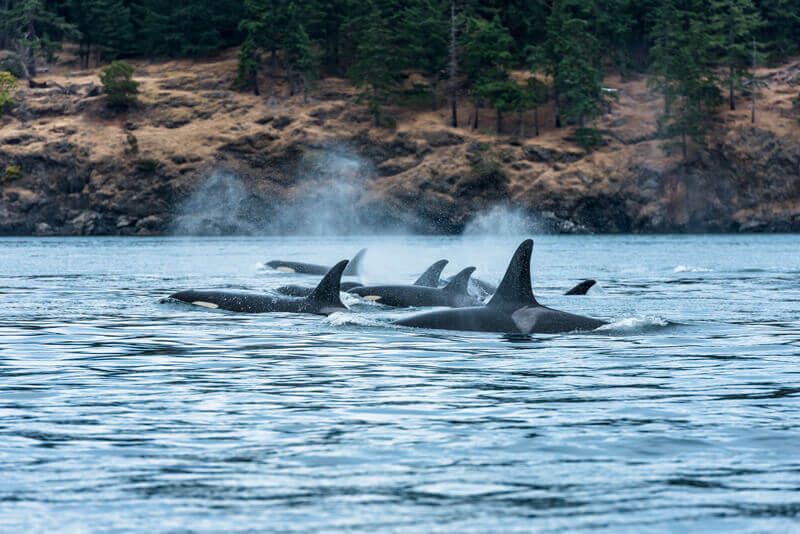 Ferry rides between the islands can also yield whale spotting opportunities and if you’re lucky can be seen year-round but peak viewing season runs between May and October. Tours run from many coastal communities including Vancouver, Victoria, and locations on Vancouver Island and Northern BC’s coast. Look out for orca, humpback, grey whales, and minke as well as other sealife such as adorable sea otters, seals, sea lions, porpoises, and impressive bald eagles.
Ferry rides between the islands can also yield whale spotting opportunities and if you’re lucky can be seen year-round but peak viewing season runs between May and October. Tours run from many coastal communities including Vancouver, Victoria, and locations on Vancouver Island and Northern BC’s coast. Look out for orca, humpback, grey whales, and minke as well as other sealife such as adorable sea otters, seals, sea lions, porpoises, and impressive bald eagles.
Maybe not vaunted quite so volubly, BC is teeming with smaller animals. If you spend a lot of time outdoors, hiking or biking, expect to see the occasional pine marten, weasel, raccoon, marmot, or even Canada’s national animal the beaver.
Fishing is a major part of BC’s tourism allure with salmon, rainbow and steelhead trout, Haida Gwaii halibut and giant Humboldt squid just some of the headliners. Lake, river and ocean fishing opportunities abound all over the province as well as around the Georgia Strait islands.
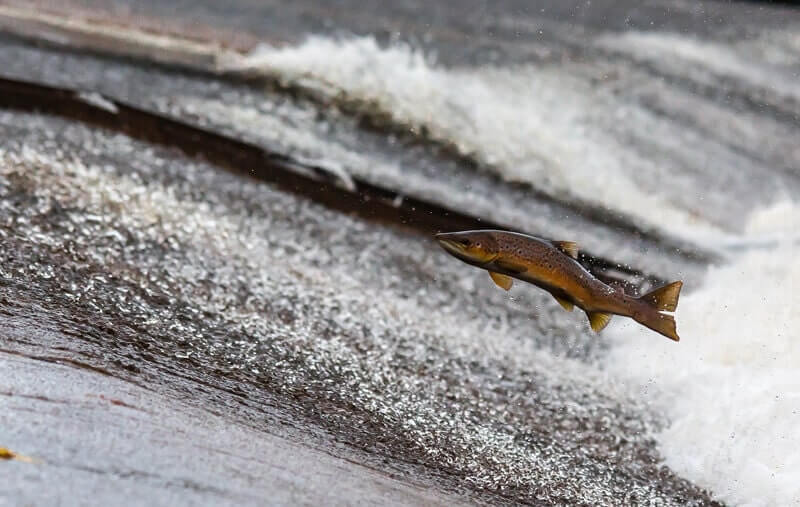 Catch the salmon run in autumn – for example in the Tsútswecw Provincial Park where the Adams River is home to one of the largest sockeye runs in North America – a fact that draws nature lovers each October. The waters near Vancouver team with salmon and Campbell River on Vancouver Island is known as the “salmon capital of the world”. Venture to the outer and northern coast of BC for halibut fishing and spot orcas and other wildlife en route. Known for its 100 plus lakes, the Cariboo’s Highway 24 is dubbed the ‘Fishing Highway’ due to the myriad angling opportunities: for example, westslope, cutthroat, and bull trout in the Rockies and catch-and-release fishing for prehistoric sturgeon on the Fraser River.
Catch the salmon run in autumn – for example in the Tsútswecw Provincial Park where the Adams River is home to one of the largest sockeye runs in North America – a fact that draws nature lovers each October. The waters near Vancouver team with salmon and Campbell River on Vancouver Island is known as the “salmon capital of the world”. Venture to the outer and northern coast of BC for halibut fishing and spot orcas and other wildlife en route. Known for its 100 plus lakes, the Cariboo’s Highway 24 is dubbed the ‘Fishing Highway’ due to the myriad angling opportunities: for example, westslope, cutthroat, and bull trout in the Rockies and catch-and-release fishing for prehistoric sturgeon on the Fraser River.
In the saltwaters of Esquimalt Lagoon Migratory Bird Sanctuary, a short drive from BC’s capital city Victoria, gulls mingle with teals, terns and sandpipers. The avian assembly is reinforced by kingfishers and blue herons where geese gather and swans squabble over seafood suppers creating a birdwatcher’s paradise. In January, head to Brackendale to watch bald eagles, celebrate the 34th annual Brackendale Eagle Festival or Count 2020, a month-long festival featuring a special line-up of concerts, lectures, art shows, tours and the annual Bald Eagle Count held on the first Sunday in January.
For more information, visit the BC Wildlife Federation.
For more information on wildlife guidelines visit BC Parks.
Silver Travel Advisor recommends Canadian Sky.

